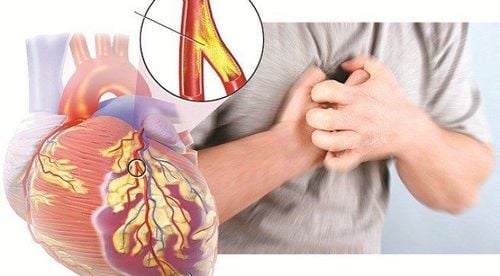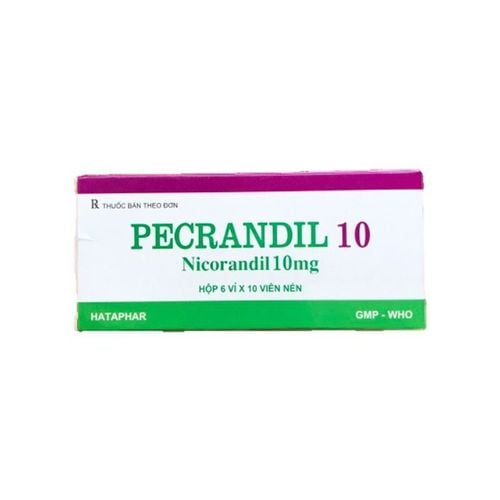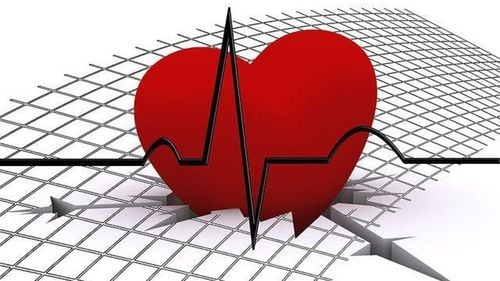This is an automatically translated article.
The article is professionally consulted by Master, Doctor Pham Van Hung - Department of Medical Examination & Internal Medicine, Vinmec Danang International General Hospital.Cardiogenic shock is a rare but potentially fatal condition if not treated promptly. To be able to handle this dangerous situation early, everyone should know the typical signs of cardiogenic shock and the first aid method for the patient.
1.Overview of cardiogenic shock
Cardiogenic shock is a condition in which the heart suddenly cannot pump blood to supply oxygen to meet the body's needs. The cause of cardiogenic shock often comes from severe heart attacks, patients often have heart valve damage, left ventricular failure for too long, leading to acute heart failure.Over time, coronary arteries can narrow due to cholesterol buildup, forming plaques (atherosclerosis). During a heart attack, one of the plaques can rupture causing a blood clot to form. If the clot is large enough, it can block blood flow through the artery. Without oxygen-rich blood circulating to the body part, the heart muscle weakens and progresses to cardiogenic shock.
Common causes of cardiogenic shock include:
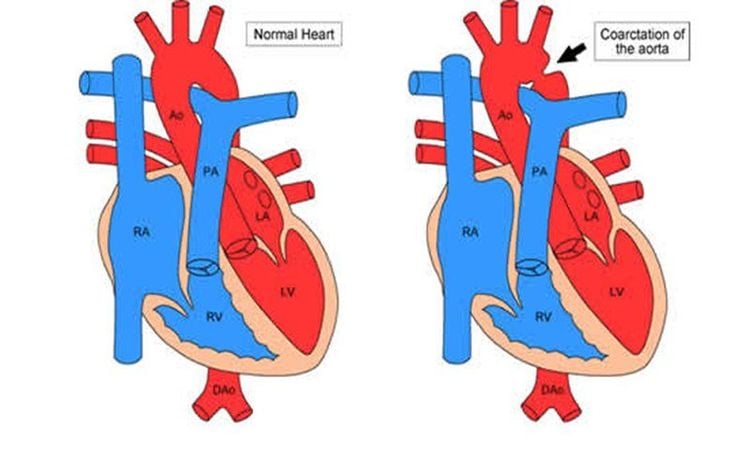
People age 65 or older Have had heart failure or a previous heart attack Have had blockages in some of the arteries in the heart (coronary artery disease).
2. Typical signs of cardiogenic shock
Signs of cardiogenic shock are quite typical, the patient's family can be recognized through the following signs:Prolonged drop in blood pressure: The maximum blood pressure is less than 90mmHg or lower than the baseline blood pressure of more than 30mmHg (for people). often hypertension). Cardiac Arrhythmia: Rapid breathing, severe shortness of breath, shortness of breath, sudden rapid heartbeat. Decreased patient consciousness: Confusion, loss of consciousness, unconsciousness. Sweat. Pale skin: cold or purple veins on the skin. Cold hands or feet, cold purple extremities. Nausea and vomiting. Urinating less than usual (oliguria) or not passing at all (anuria). For patients with cardiogenic shock due to myocardial infarction, there will be typical signs such as:
Left chest pain with exertion Pain spreading to both shoulders, possibly up to the chin Prolonged upper abdominal pain Fatigue, shortness of breath , sweating Pale green, purple veins Rapid pulse, low blood pressure
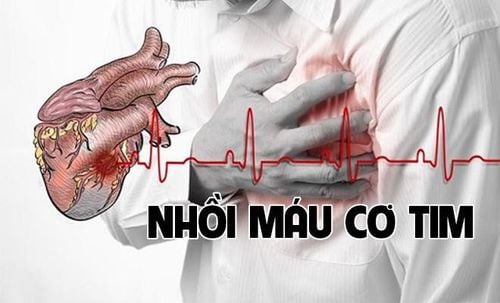
Decreased cardiac output with cardiac index <2.2 liters/min/m2, high pulmonary capillary pressure ( >15mmHg) and high central venous pressure (>10mmHg). Blood oxygen difference between capillary and venous is high (DA-VO2 >0.55ml O2/liter). Blood lactate increased above 1.5 mmol/l due to decreased tissue perfusion causing hypoxia. Metabolic acidosis and lactate acidosis when blood lactate increases from 2-4 mmol/l. In severe cases, blood lactate > 4 mmol/l. Enlarged liver, distended neck veins, moist rales in the lungs. In general, cardiogenic shock is a serious condition that requires immediate medical attention, and prompt medical attention should be sought as soon as symptoms or signs of cardiogenic shock are detected. Heart failure in the setting of cardiogenic shock is a particularly serious problem because the mortality rate is up to 30-90%, the prognosis outcome depends on the cause of the cardiogenic shock and the ability of the doctor to intervene. Treating a heart attack also improves your chances of survival and reduces damage to the heart.
In short, cardiovascular problems can endanger the patient's life at any time, so regular health checkups play an extremely important role. Currently, Cardiovascular Center - Vinmec International General Hospital is the address for quality examination and treatment of cardiovascular diseases. With the convergence of a team of experienced and reputable experts in the field of surgery, internal medicine, interventional cardiac catheterization and the application of advanced techniques in the diagnosis and treatment of diseases. Cardiovascular management, along with a system of modern equipment, on par with the most prestigious hospitals in the world such as: MRI 3 Tesl a (Siemens), CT 640 (Toshiba), other equipment Advanced endoscopy equipment EVIS EXERA III (Olympus Japan), high-end anesthesia system Avace, Hybrid operating room according to international standards... The Cardiovascular Center at Vinmec International General Hospital has achieved many achievements. successful and gained the trust of a large number of patients.
Please dial HOTLINE for more information or register for an appointment HERE. Download MyVinmec app to make appointments faster and to manage your bookings easily.





